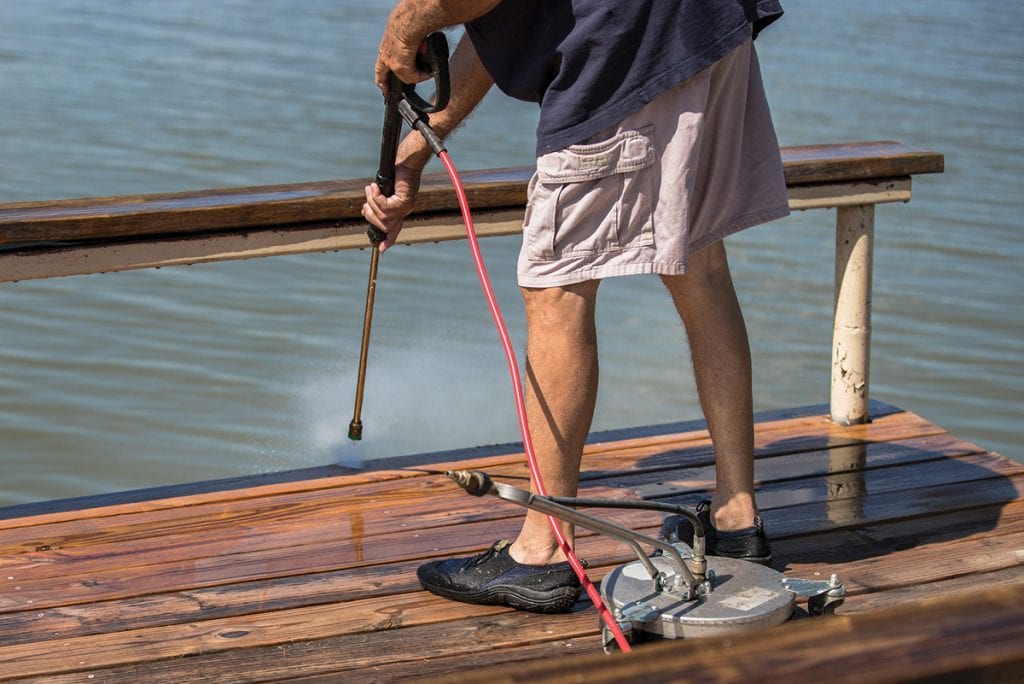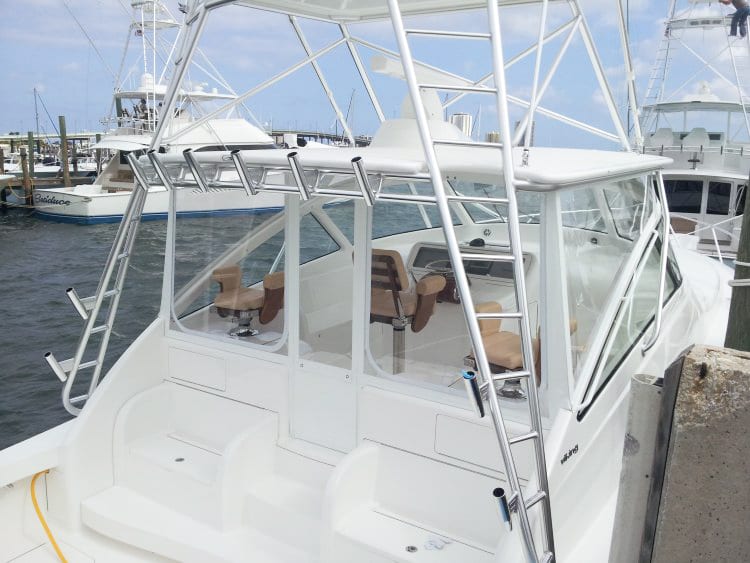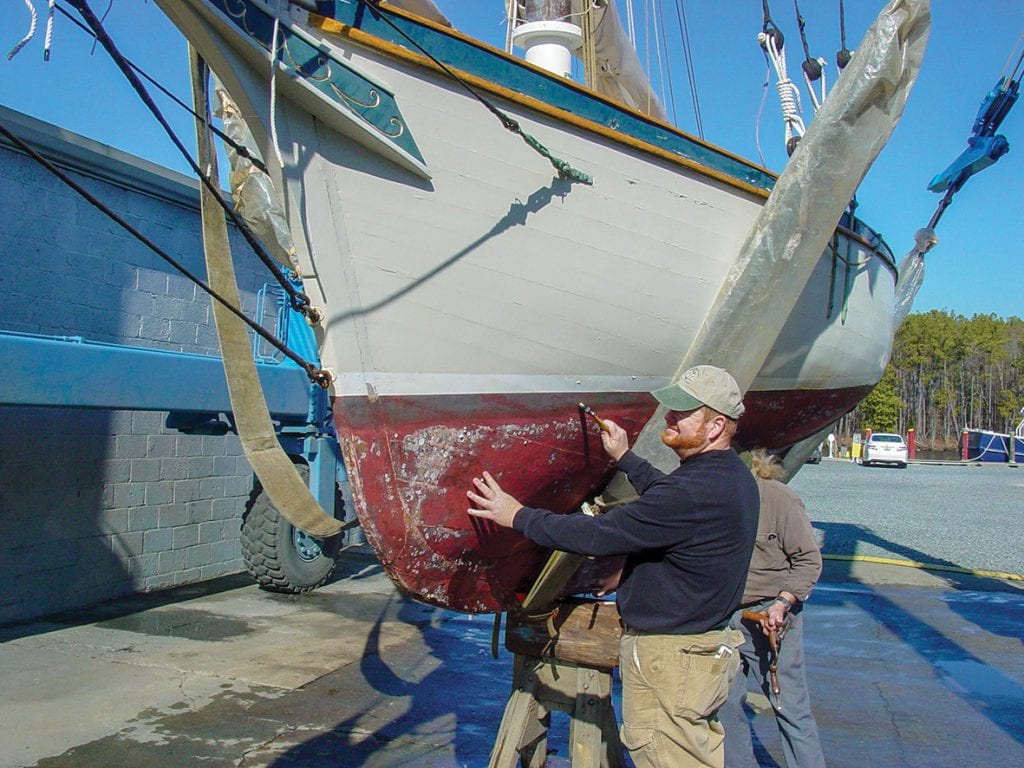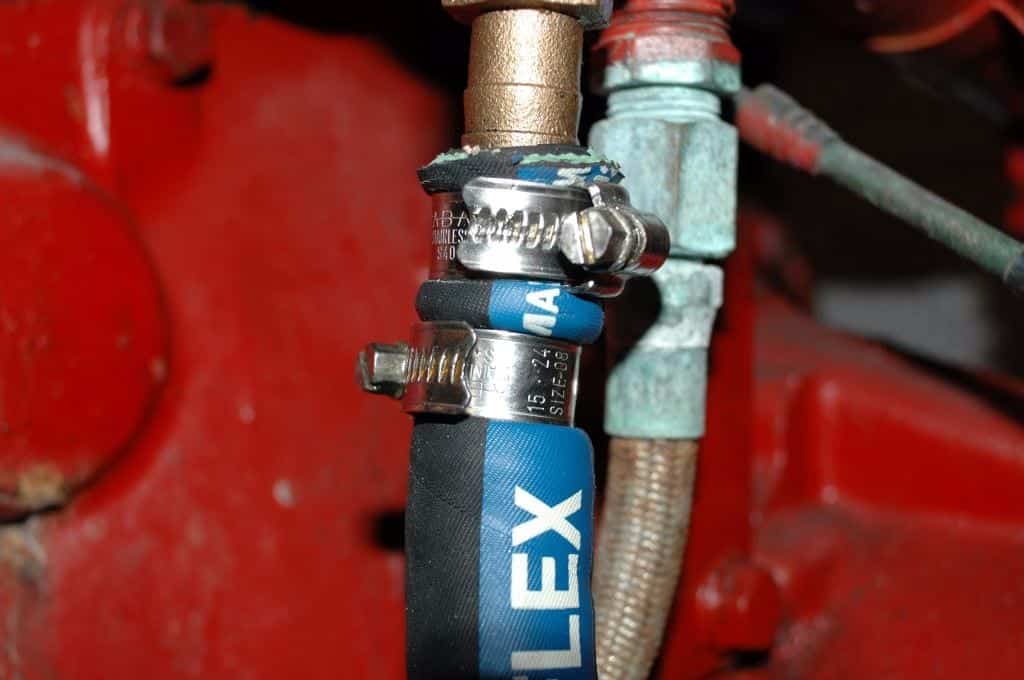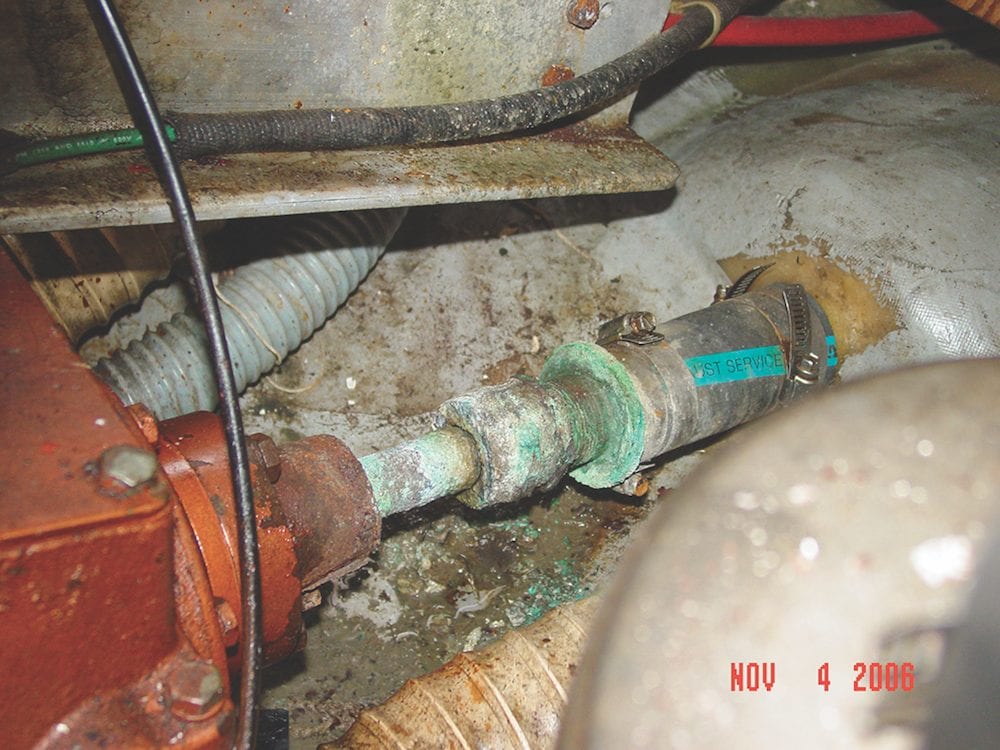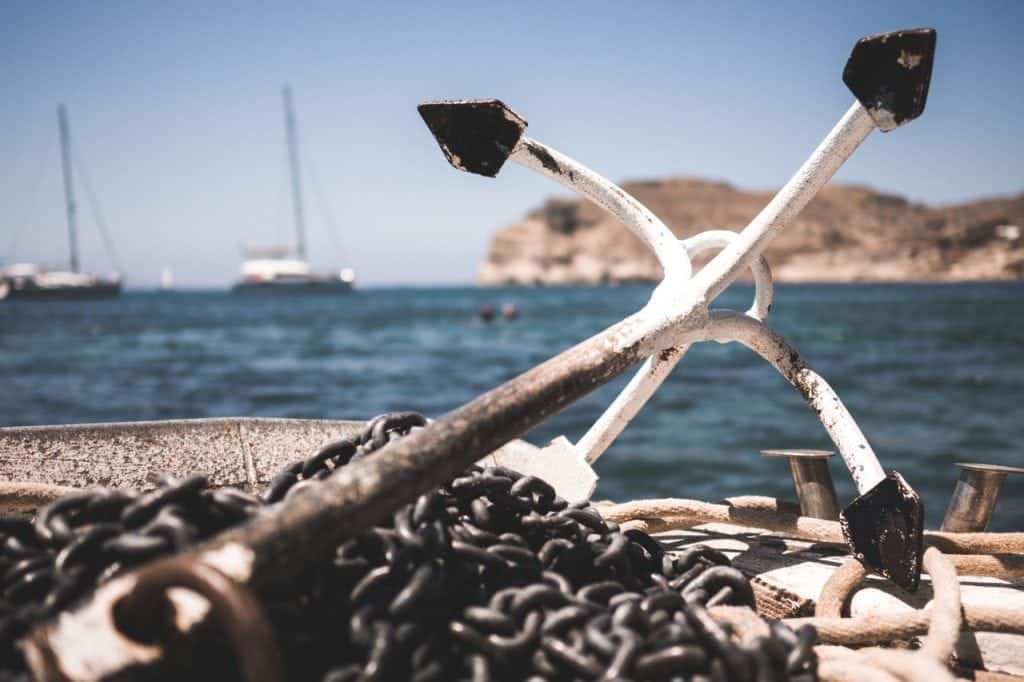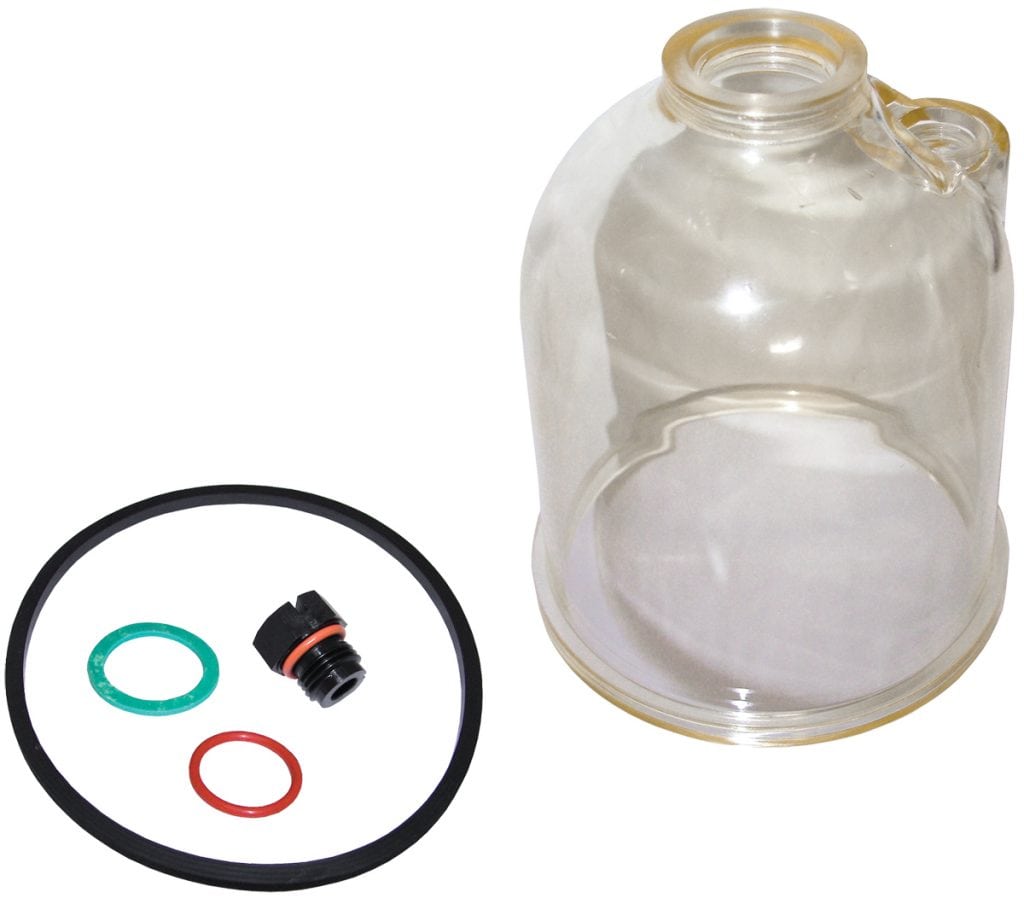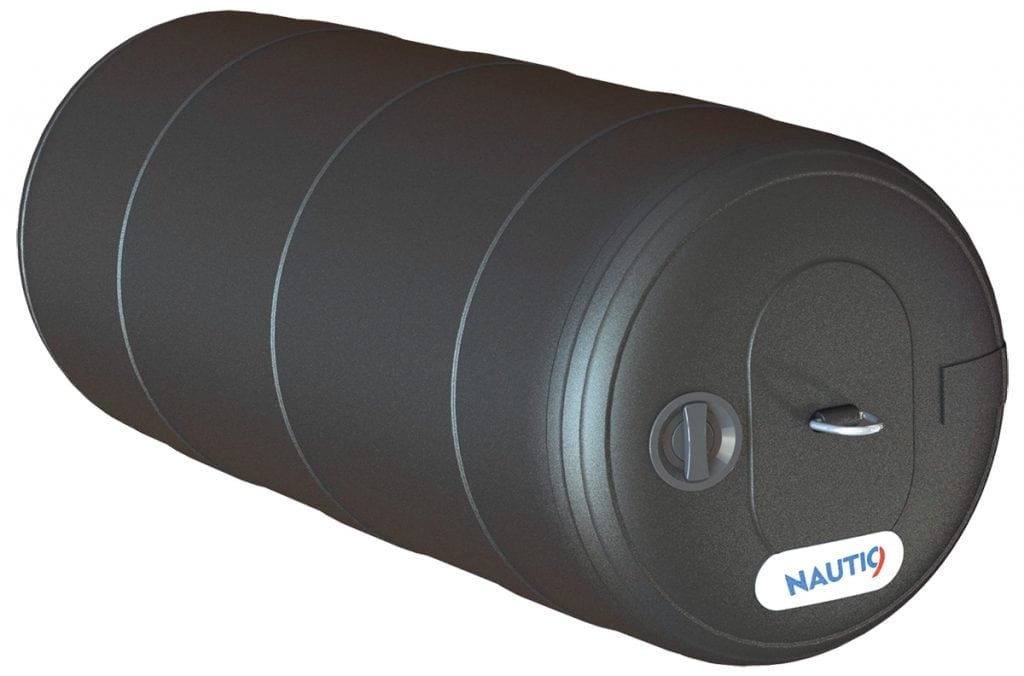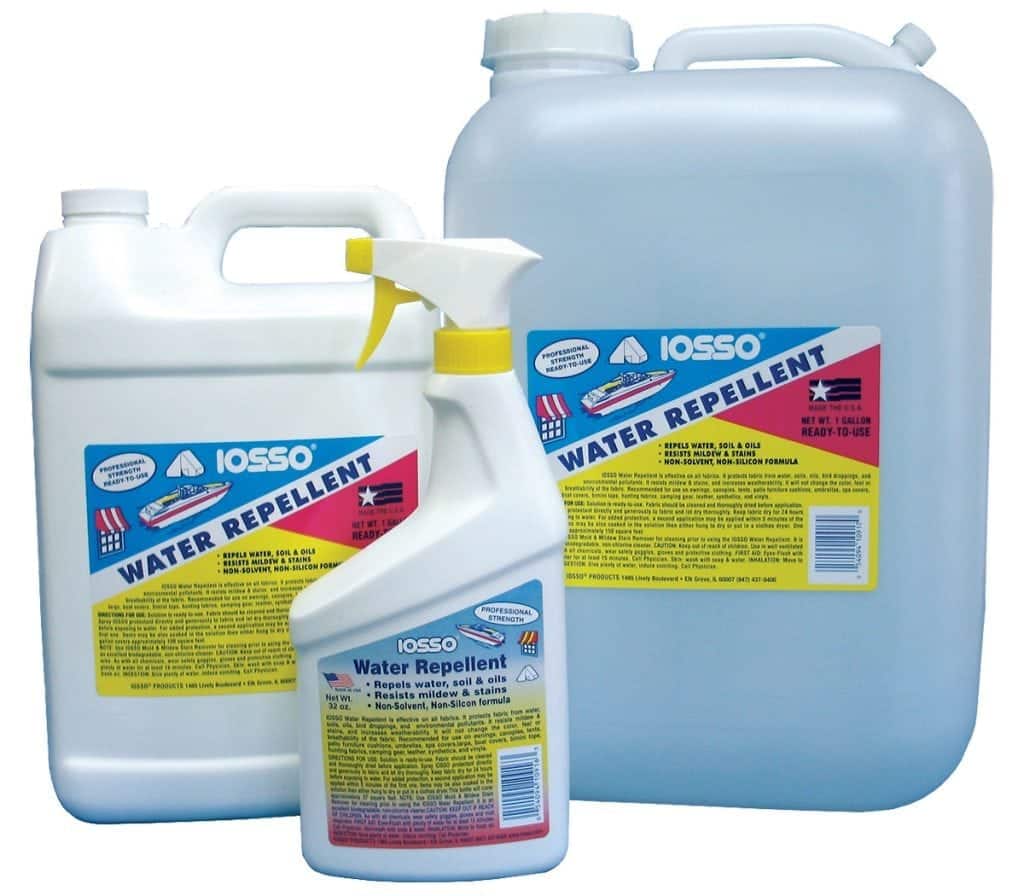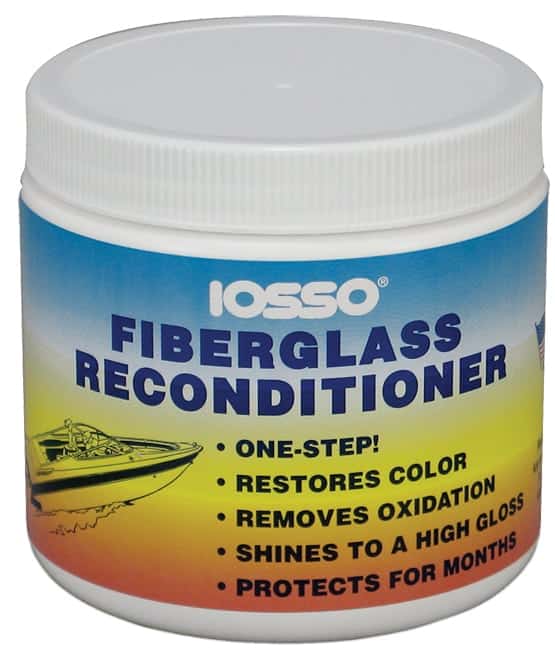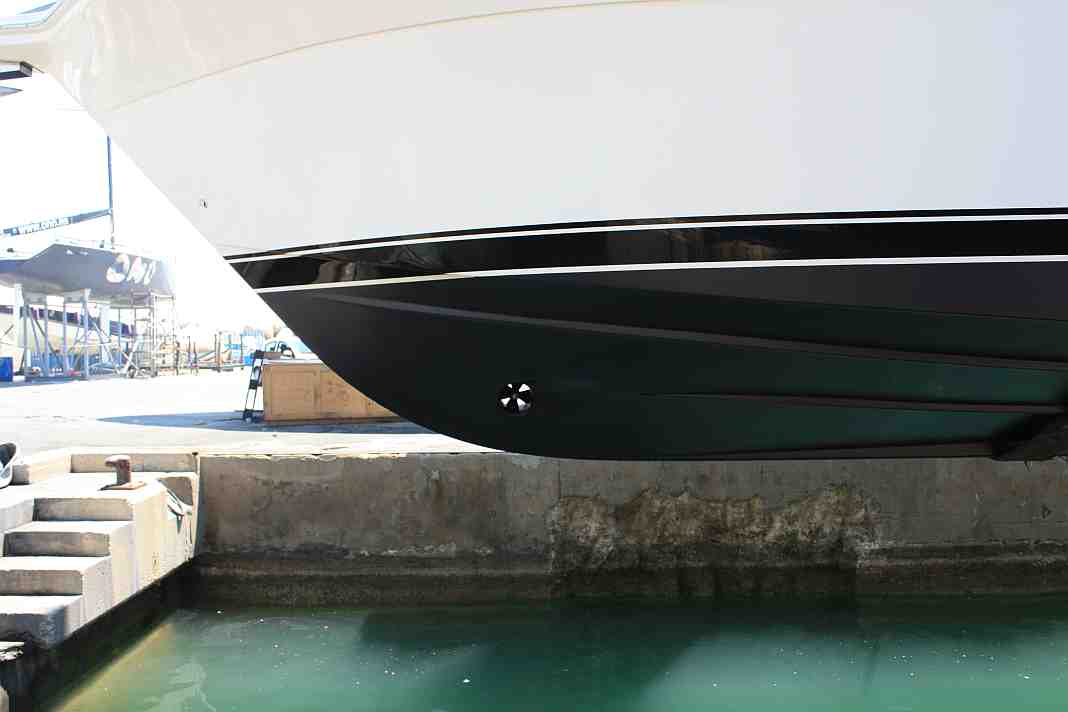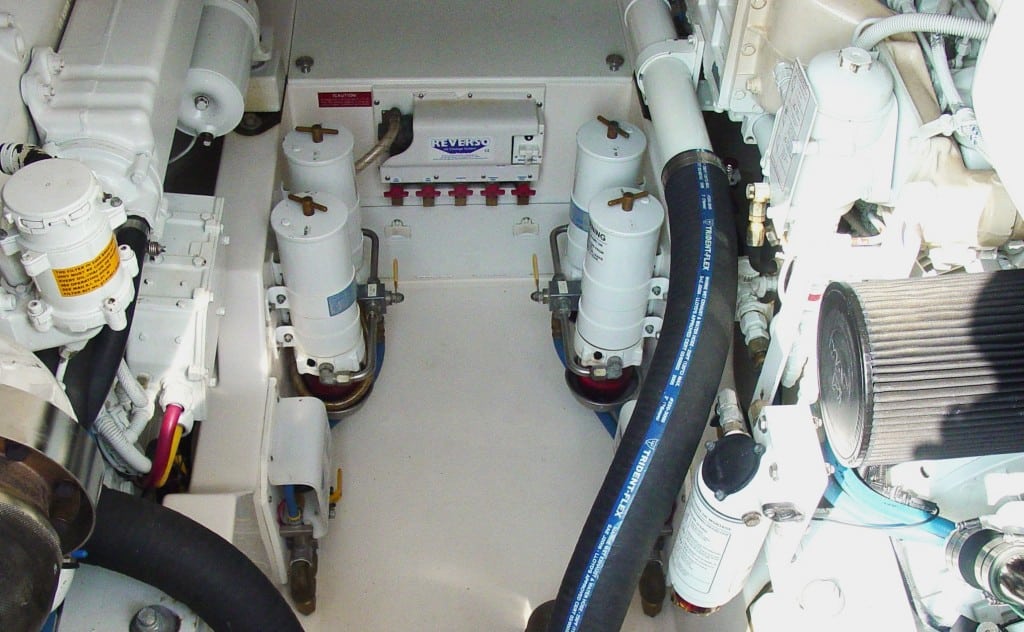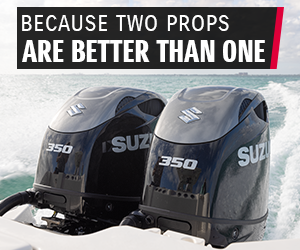Maintenance
Boats require a rigorous maintenance routine. Keeping up with boat maintenance is critical to improving performance and preventing repairs. We have expert information on maintaining and repairing everything from heads to hulls.
Dock Maintenance
Dock Maintenance Regular dock maintenance will keep it safe for your boat and guests. It wouldn’t be wrong to say...
Read moreDetailsSynthetic Teak
New synthetic teak decking keeps feet cooler. The beauty of real teak wood on boat decks is undeniable, but look-alike...
Read moreDetailsReplace Your Enclosures
Replace Your Enclosures Blurry or worn view? It may be time to replace your enclosures. While under way, if you...
Read moreDetailsWhich Marine Survey Do You Need for Your Boat?
At some point, you'll need a marine survey. We break down the most common marine surveys. Most boat owners will...
Read moreDetailsCheck your Clamps and Hoses
Check your clamps and hoses before they check out. Hard slams and big bangs are conditions every mariner endures in...
Read moreDetailsMaintenance Check
Time for a maintenance check. Don’t skip these oft-forgotten items There’s a lot of terrestrial-based wisdom that just doesn’t ring...
Read moreDetailsForget a makeover. Resurface!
Instead of a complete facelift, save yourself a bundle and resurface. Compared to home interior design trends, boat and yacht...
Read moreDetailsLose Onboard Weight
Once your boat is back in the water, don't undo the good your yard has done by carrying around unnecessary weight...
Read moreDetailsGround Tackle: to refit or not to refit?
That is the question. The answer is that ground tackle is an essential component to boating. As you prepare for...
Read moreDetailsSpare Parts to Keep Aboard
The Spare Essentials: Pack properly for potential problems and keep these spare parts aboard Every boating adventure promises an amalgam of...
Read moreDetailsNautic9 Fenders
Nautic9 Fenders save space on board with inflatable and collapsible fenders from 9- to 48-inch diameters of varying lengths. Fenders...
Read moreDetailsIosso Water Repellent
In keeping with this month’s Haul Out Guide, protect your boat’s fabrics with Iosso Water Repellent. Invisible protection in a...
Read moreDetailsIosso Fiberglass Reconditioner
Iosso Fiberglass Reconditioner Iosso Fiberglass Reconditioner restores color and protects in one easy step, removing oxidation, chalking, waterline scum, rust,...
Read moreDetailsBow Thruster Maintenance
Proper bow thruster maintenance will ensure the best performance from your bow thruster Bow thrusters are part of what I...
Read moreDetailsDiesel Engine Murder
Murder! Whodunit? YOU committed diesel engine murder! The deed is done and it is murder most foul. Your loyal diesel...
Read moreDetails
